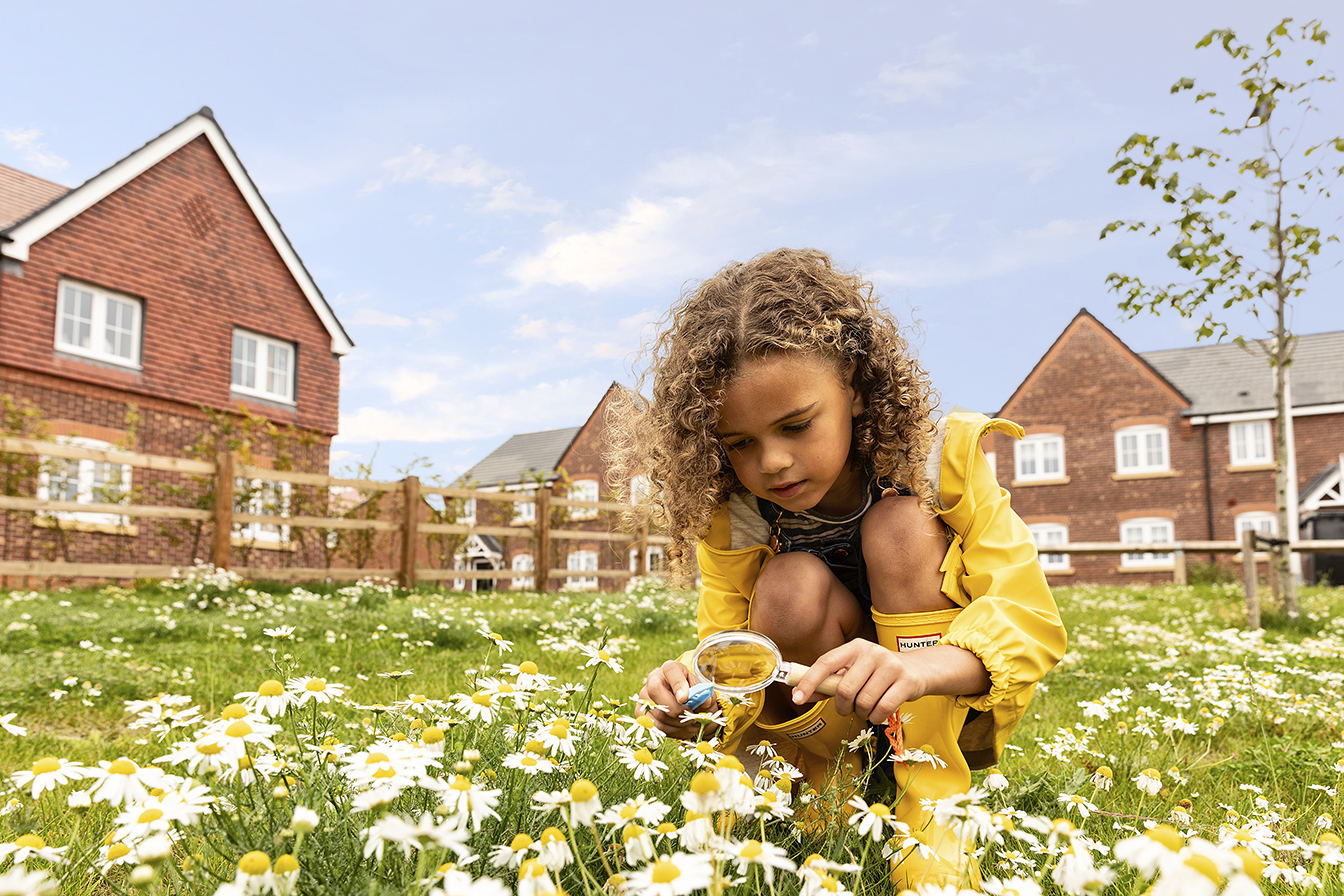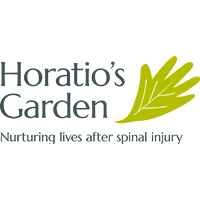Five ways to make your garden bug-friendly

Even new gardens can become havens for wildlife. These five top tips from The Wildlife Trust in partnership with Miller Homes, apply to any garden plot – large or small, new or established.
1 – Provide plenty of micro-habitats
You might think that this goes without saying, but to attract insects, there needs to be plenty of green space in your garden. As Ellie Brodie, Head of Land Management at The Wildlife Trusts, explains: “Bees, butterflies and even birds need gardens with plenty of habitats. This can include a native hedge, an area of long grass or a patch of nettles.”
She suggests planting easy-to-grow flowers such as the primrose and the jewel-coloured hollyhock in your garden, which do wonders for pollinators, such as bees and butterflies. Reminiscent of a country garden, climbing plants like the honeysuckle and the clematis are also brilliant for insect attraction due to their provision of nectar and pollen.
2 – Get crafty with a water source
Having a pond in your garden will provide another habitat and water source for bugs such as damsels and dragonflies. And if you don’t have a large space, don’t worry, even a small mini pond will suffice. The Wildlife Trusts recommends using a washing-up bowl, a large plant pot or even a disused sink.
Choose a spot which won’t be exposed by sunlight all day, and either dig a hole to place your man-made container, or just simply place it on top of your chosen surface, ensuring that the creatures can easily get in and out. But don’t forget to make things safe and secure if you have little-ones in the family!
3 – Create a beetle bank to attract thousands of species
As Ellie says: “Not only are beetles great pollinators, but they also help to control things such as aphids, helping to maintain a healthy balance in your garden.” Important for our ecosystems, beetles can be enticed if you leave piles of deadwood sticks and logs nearby, which provide shelter for other insects.
Ellie also suggests making a beetle bank by building a mound of soil, sowing grass seeds into it, and then letting the grass grow. A beetle bank is a great way to provide a habitat to ladybirds, ground beetles and some of the other 4,000 species we have across the UK alone.
4 – Mimic nature with wildflowers
Ellie recommends sowing an area with wildflowers to watch a myriad of insects arrive. Wildflowers, low-maintenance and simple, are perfect for wildlife, which figures by their name. Wildflowers provide food such as nectar, pollen, seeds and foliage alongside nesting sites for insects such as ladybirds, hoverflies, bees and moths.
Also, when winter comes, consider leaving some of the wildflower stems standing. It’ll provide food and shelter for insects like ladybirds.
5 – Avoid using pesticides
To ensure your plants are as healthy as can be, keep away from the pesticide spray. Pesticides may, by their very nature, immediately control any pests by destroying them with poison. You don’t want this to happen, especially if you’re growing herbs and plants to consume.
Also, garden pests are part of the natural food cycle, with predators taking on the role of natural pest control. Pesticides are simply not worth the soil contamination and effects on our health and environment.
This article originates from Miller Homes and The Wildlife Trust
For more bee-friendly content from National Garden Scheme garden owners click here


















